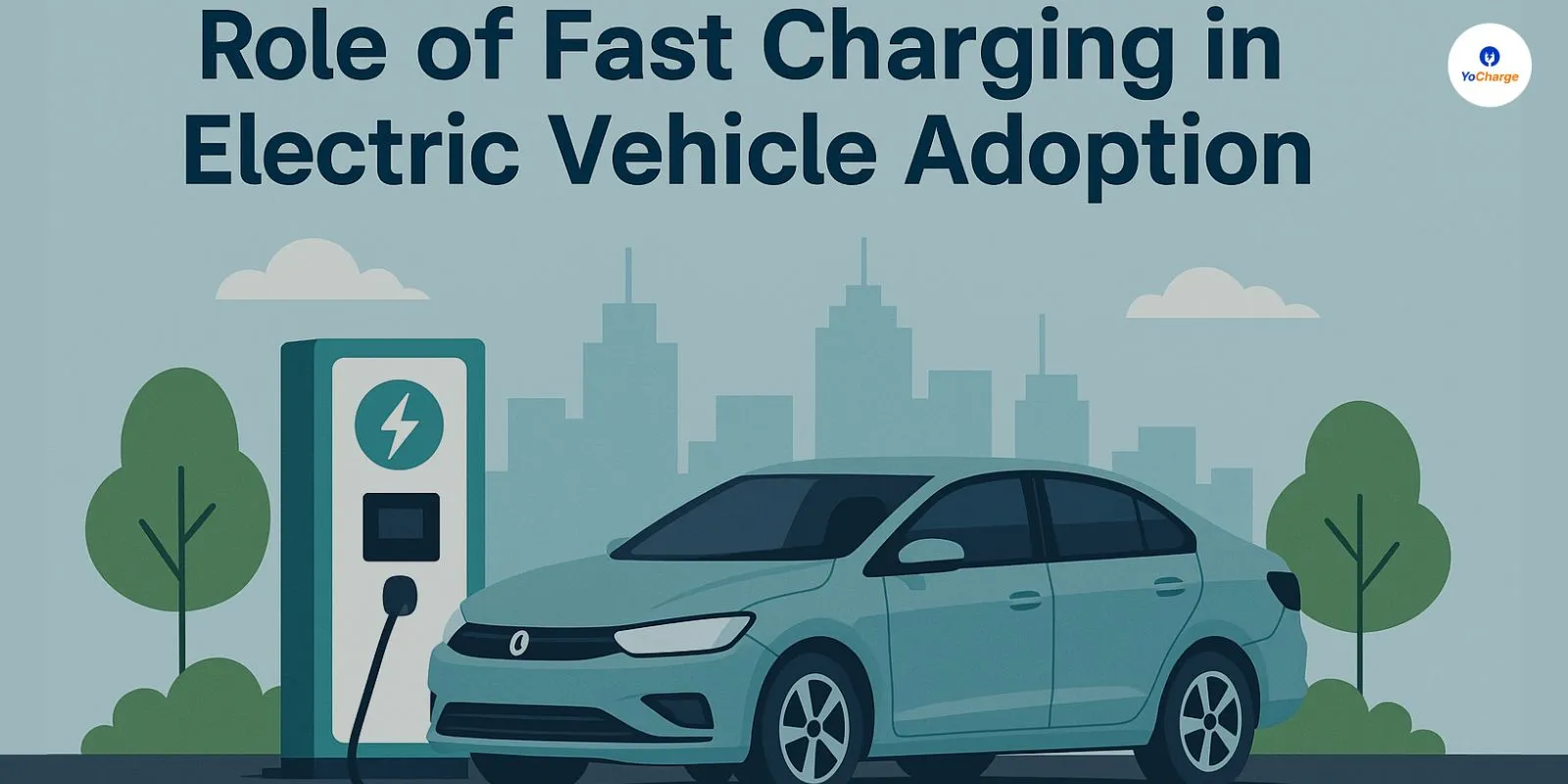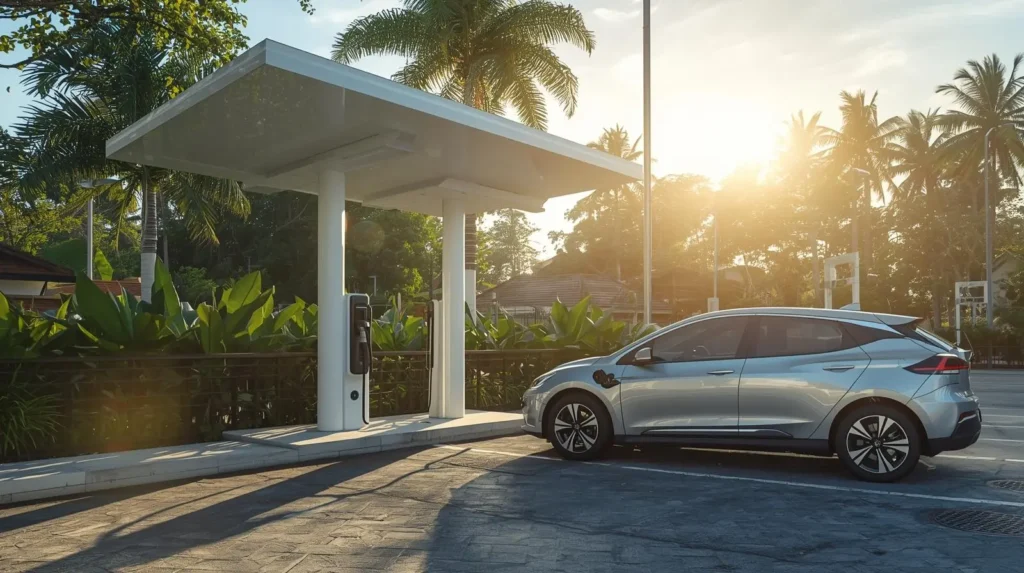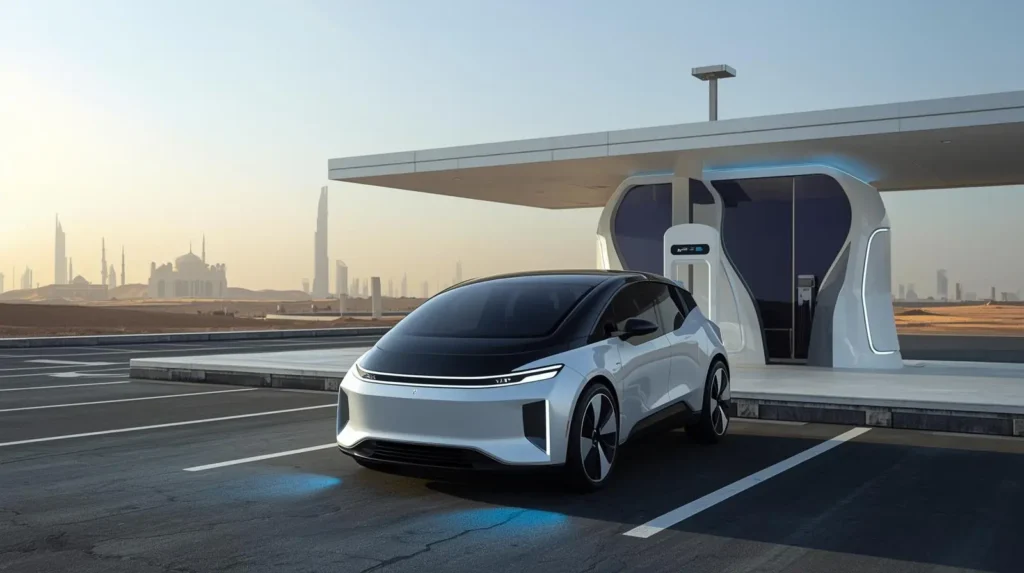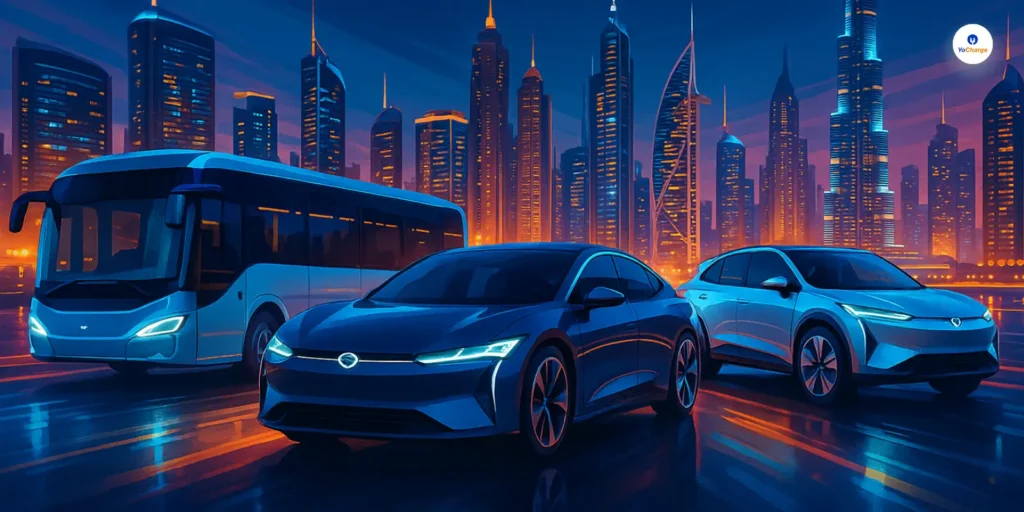
Electric vehicles (EVs) are becoming increasingly popular around the world. A key factor driving this trend is the growing availability of charging infrastructure.
While charging at home is common for many EV owners, public charging stations are crucial for long-distance travel and for people who cannot charge at home.
Fast charging stations, in particular, are transforming the EV landscape by offering quick and convenient charging solutions.
What Is Fast Charging?
Fast charging refers to charging stations that provide a higher power output than regular chargers. These stations can charge an EV’s battery much faster, often within 15 to 30 minutes.
Fast chargers typically provide power outputs between 22 kW and 150 kW, while ultra-fast chargers can provide over 150 kW. These ultra-fast chargers are capable of charging an EV to 80% of its battery capacity in as little as 30 minutes.
Growth of Fast Charging Infrastructure
In recent years, the number of fast chargers around the world has grown significantly. By 2024, there were over 2 million fast chargers globally.
Fast chargers have become increasingly important as more people adopt electric vehicles. They are particularly useful for people who need to travel long distances, as they allow for quicker stops to recharge.
China has been a leader in the deployment of fast chargers, accounting for 80% of the global growth in fast charging. As of 2024, China had over 1.6 million fast chargers, with ultra-fast chargers making up a significant portion of that number.
The United States and Europe are also expanding their fast-charging networks to keep up with the rising demand for EVs.
Also Read: Growth of Electric Vehicle Charging Infrastructure
Why Is Fast Charging Important for EV Adoption?
One of the main reasons people hesitate to switch to electric vehicles is “range anxiety,” or the fear of running out of battery before reaching a charging station.
Fast charging helps alleviate this concern by allowing drivers to quickly recharge their batteries on the go. In addition, fast chargers are more efficient, providing more energy in a shorter amount of time compared to regular chargers.
The rise of fast charging stations is also crucial for making EVs more practical for everyday use.
In 2024, Europe saw a 50% increase in the number of fast chargers compared to the previous year. This growth is expected to continue, with many countries prioritizing the installation of fast chargers along major highways and transport corridors.
The Future of Fast Charging
Looking ahead, experts predict that the availability of fast chargers will continue to grow rapidly. By 2030, the number of fast chargers worldwide is expected to increase more than tenfold.
In particular, ultra-fast chargers will become more common, offering charging speeds that can rival traditional refueling times.
In Europe, the share of fast chargers in the public charging network is expected to grow from less than 20% in 2024 to 30% by 2030.
Similarly, in the United States, the number of fast chargers is expected to grow from 30% of the charging network in 2024 to 40% by 2030. These developments will make electric vehicles more convenient and accessible for a larger number of people.
Challenges and Opportunities of Fast Charging
Despite the rapid growth of fast charging infrastructure, there are challenges to overcome. One of the biggest obstacles is the high cost of installing fast chargers. These chargers require significant investment, both in the infrastructure and in the power systems that support them.
However, as technology advances, the cost of fast chargers is expected to decrease, making them more affordable for businesses and governments to install.
Another challenge is the need for a standardized charging system. Currently, there are several different types of connectors and payment systems, which can make using public charging stations frustrating for drivers.
Standardizing these systems will be crucial for improving the user experience and ensuring that charging stations are accessible to everyone.
Also Read: Rise of Electric Car Sales in Emerging Market of Asia, Latin America, & Africa
The Importance of Ultra-Fast Charging
Ultra-fast charging stations, which provide charging speeds of over 150 kW, are a new frontier in the EV charging industry. These chargers can provide a significant amount of range in just a few minutes, making long trips more convenient for EV owners.
China, in particular, has invested heavily in ultra-fast charging infrastructure, with plans to deploy thousands of ultra-fast chargers in the coming years.
In Europe, countries like France and Germany are also investing in ultra-fast charging networks.
The goal is to make ultra-fast chargers available along major highways to allow EV drivers to travel long distances without worrying about charging. These developments are expected to revolutionize the way people think about electric vehicles and charging.
Conclusion
The expansion of fast and ultra-fast charging infrastructure is essential for the continued growth of the electric vehicle market. As more charging stations become available, EVs will become more practical and accessible to a wider audience.
Fast charging will help alleviate range anxiety and ensure that drivers can travel long distances without delays. With continued investment and innovation, fast and ultra-fast charging networks will play a key role in the transition to a cleaner, greener future.
Source: Global EV Outlook 2025



